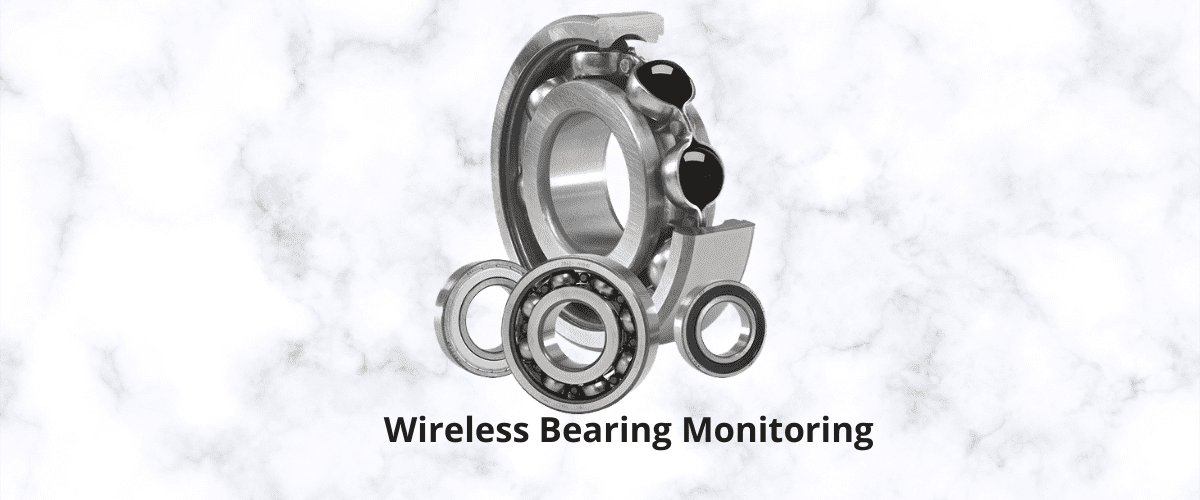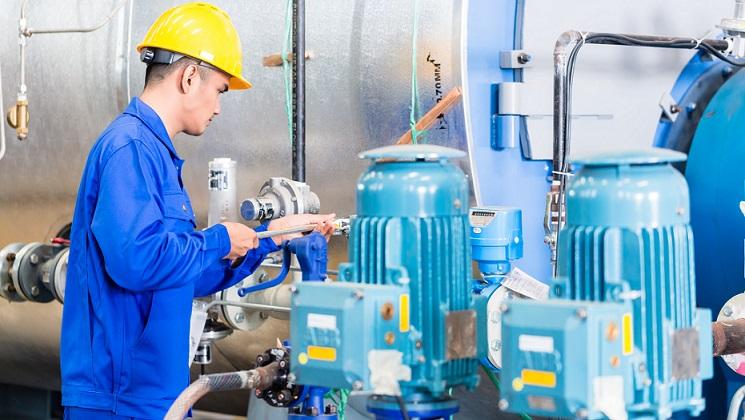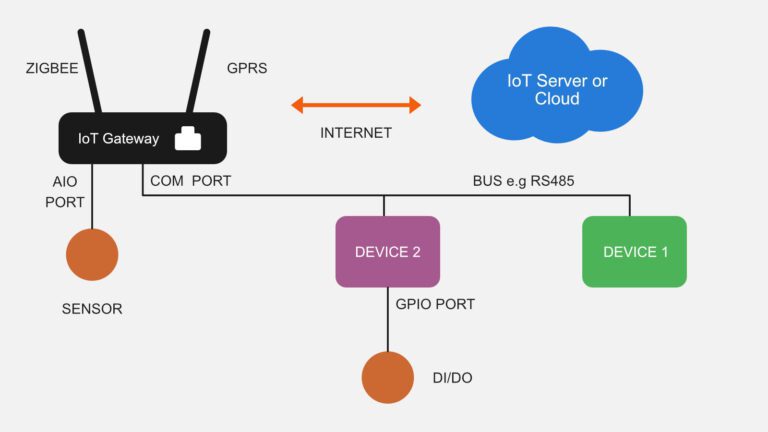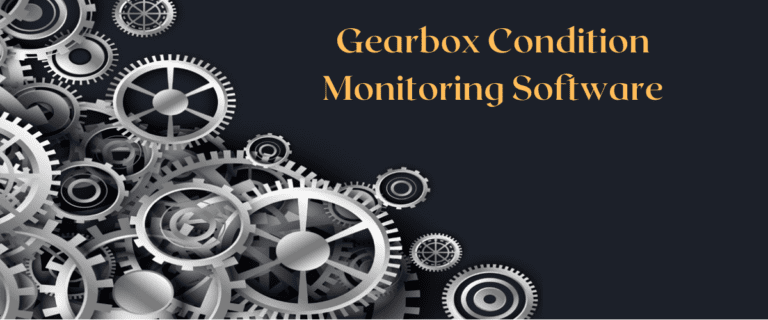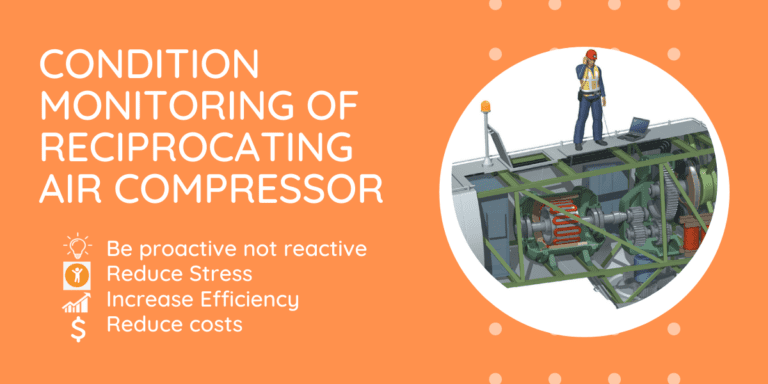Bearing condition monitoring industry 4.0 manufacturing captures bearing failure lead to loss of billions via shutdowns. Wana Save! How? Let’s get into this.
By using Bearing condition monitoring techniques we can reduce costly shutdowns by detecting various types of failure at very early stages. Bearing is an essential part of rotating machines and to monitor its health is significant to save important machines. Bearing failure can lead to complete breakage of equipment which affects overall production.
How do you monitor bearing condition?
Bearing condition monitoring can be done by ultrasound sensors.
Companies loose thousands in production due to unplanned downtime and interruption of production processes when critical bearings fail.
IOEye Predict Solution is the best approach to monitor the bearing condition at a very early stage. It predicts the unexpected failures and reduce the downtime which can help you in scheduling maintenance before the failure occurs.
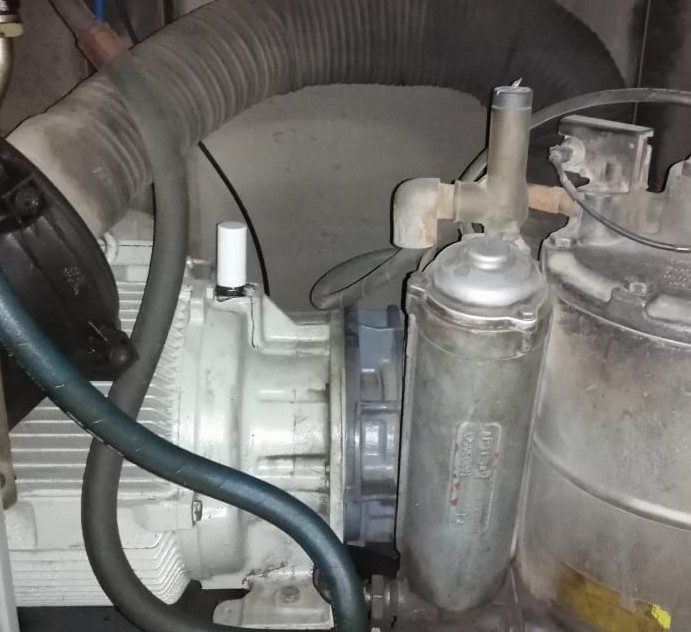
Why does bearing fail?
There are so many reasons behind bearing failures in the industries. Some main reasons are mentioned below.
1. Bad Lubrication practices
Bad lubrication practices are the main reason behind bearing failures. Most of the industries do not pay attention to maintain and adopt good lubrication practices. Bad lubrication practices area like:
- Over greasing of the bearing
- Under greasing of the bearing
- Using wrong grade of grease (Bypassing OEM instructions)
- No proper schedule of bearing lubrication
- Bearing seals and covers are not sealed properly, resulting in attracting lots of dust and dirt from surrounding.
Lubrication helps equipment to rotate freely. It helps in removing excess heat generated inside the bearing due to friction. It increases overall the life of the bearing & assets which saves huge cost on the bearings. So it is very important to adopt best practices for lubrication and train & update maintenance teams about its importance.
2. Installation of the bearing with wrong procedures
In industries, many follow wrong installation practices and sometimes it is done by inexperienced manpower. Manpower which results in bearing failure at later stage
During installation it should be handled very carefully & as per OEM guidelines and it is good to follow OEM instruction during installation.
3. Lack of adaptation of Predictive maintenance 4.0 technique (as per industry 4.0)
The application of predictive maintenance 4.0 & analytics adds very powerful tools to monitor and maintain health of equipment for a very long time.
Combining condition-monitoring and predictive maintenance 4.0 methods can find the earliest stages of bearing faults which reduces overall operating & maintenance cost drastically. Instead of shutting down equipment for scheduled preventive maintenance routines, maintenance can be planned to match convenient schedules and improve reliability.
Predictive maintenance provides the added advantage of using IIOT sensors, machine learning (ML), and advanced Artificial Intelligence algorithms to detect upcoming problems and predict failure. Advance Sensors monitors essential data like vibration, temperature, ultrasound, magnetic flux, phase, RPM etc then using analytics software to assist with making maintenance decisions. Also using Industrial Internet of Things (IIoT) via mobile applications, tablets, laptops enables access to all necessary data including historical data, baseline data, spectrum, fault frequencies, orders, orbit analysis data etc.
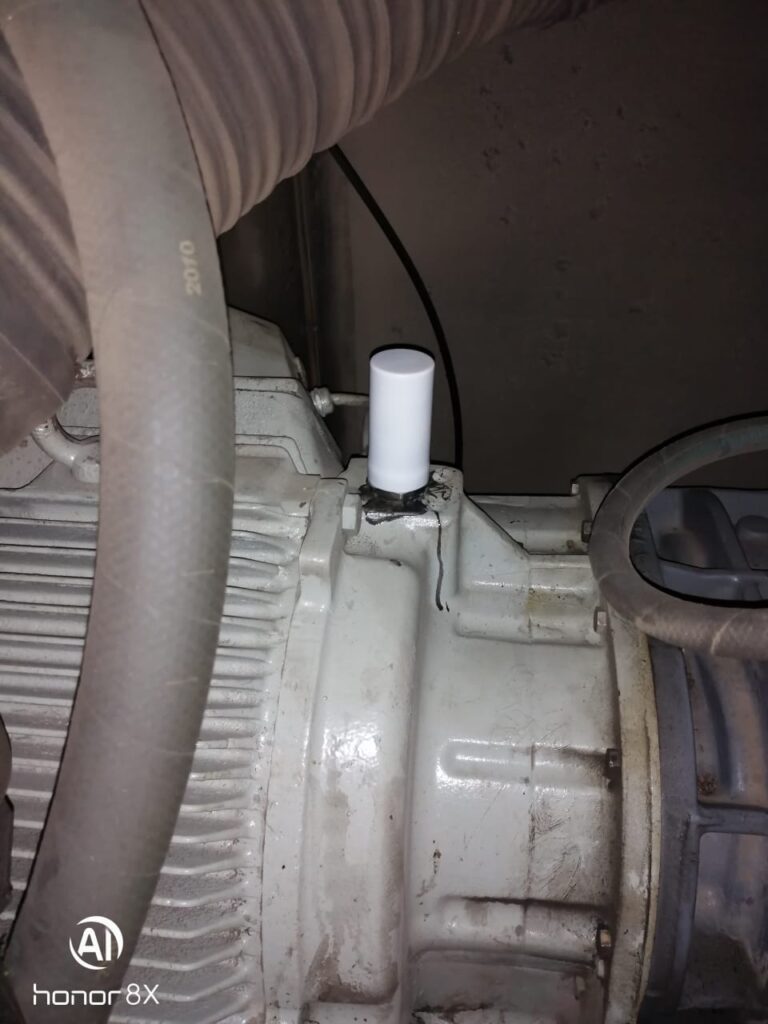
Solution toward Bearing failure | Bearing condition monitoring techniques
Predictive maintenance solutions are the correct approach. ioEYE Predict sensors can predict major bearing failure at very early stages which helps in reducing unplanned failure and maintenance. Our platform can detect issues with the bearing at the initial stage. ioEYE Platform contains an advance sensor, wireless network, cloud-based Data management, data collection, Data Analysis Machine learning & Artificial intelligence tools. ioEYE predict ecosystem helps companies to run systems effectively and efficiently as per Industry 4.0 standards. Overall it is an excellent predictive maintenance tool.
